This earnings season is expected to draw a clear dividing line in the European luxury sector, with giants such as LVMH and Kering expected to report further quarterly declines, raising deep concerns among investors about a prolonged downturn after the sector has lost about 175 billion euros ($205 billion) in market capitalization since the start of the year.
LVMH is a case in point. Once Europe’s most valuable company in January, it has now slipped to fifth place. In that context, the financial reports are not just numbers, but also a verdict that the gap between winners and losers in the $400 billion industry is widening.
Global fatigue and the price of pride
The headache for Paris executives stems from two key markets: China and the United States. At opposite ends of the globe, demand for luxury goods shows no clear signs of recovery. In China, a slowing economy has dampened the post-pandemic shopping frenzy. In the United States, the uncertainty of President Donald Trump’s trade war continues to simmer, sapping consumer confidence.
In particular, the threat of tariffs of up to 30% on European goods hangs like a sword of Damocles over the heads of French and Italian brands, forcing them into a difficult position: accept the erosion of their profit margins or continue to raise prices, a move that is already being blamed for driving away customers.
Caroline Reyl, senior brand manager at Pictet Asset Management, bluntly commented: “Many brands have increased their prices so much that the middle-class customer group, who once aspired to owning luxury goods, has started to turn away.”
Such is the price of arrogance. After years of skyrocketing prices, luxury brands seem to have reached the limit of tolerance for a key group of consumers: those who buy branded goods to assert their status, not because they are financially well-off.
The consequences are clear in the forecasts. Revenue from LVMH’s fashion and leather goods division – the “golden goose” of Louis Vuitton and Dior – is expected to fall 6-7.8% in the second quarter, marking the fourth consecutive quarter of decline. The situation is even worse for Gucci, the flagship brand of the Kering group. In the midst of a painful restructuring, Gucci has endured a decline that has lasted twice as long and this quarter’s revenue is expected to “evaporate” nearly 25% compared to the same period last year.
“It appears that investors are starting to question the long-term structural appeal of the luxury sector,” analysts at UBS wrote. That skepticism is well-founded.
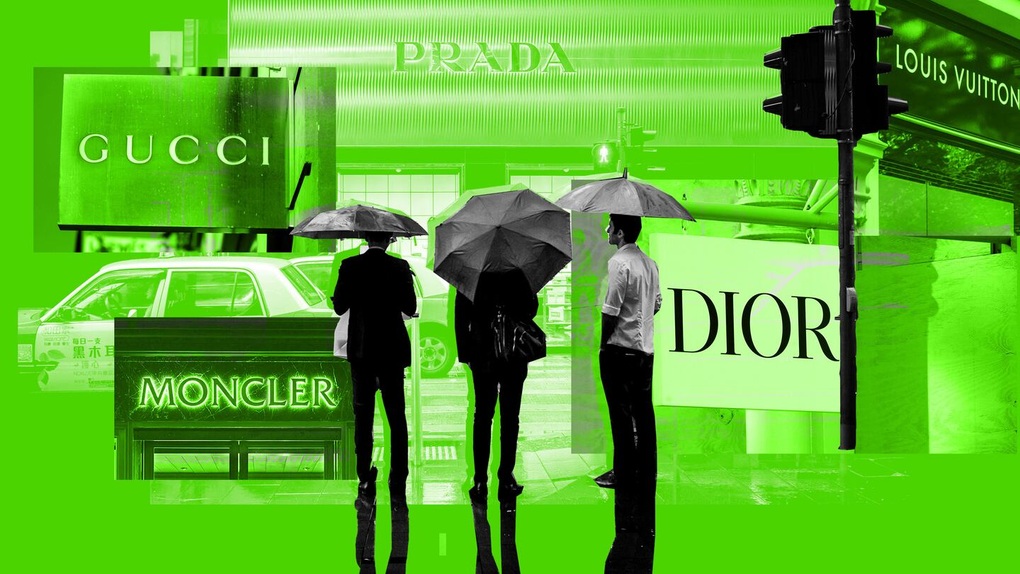
Luxury industry giants are preparing to announce their second-quarter business results, amid increasingly gloomy market expectations (Illustration: BOF).
The fierce division: The story of two extremes LVMH and Hermès
While the luxury industry is struggling, it’s impossible to generalize. In fact, a quiet “change of blood” is taking place, clearly differentiating between the brands that are holding on and those that are falling behind.
“It’s no longer a case of a rising tide lifting all boats,” said Stefan-Guenter Bauknecht, senior category director at DWS. “It’s all about the individual product lines and how each brand positions itself in the eyes of consumers.”
There is no better example of this divergence than the story of two French giants: LVMH and Hermès International SCA.
While LVMH's fashion division is forecast to decline by 7.8%, Hermès - a shining example of profitability from ultra-luxury goods - is forecast to grow spectacularly by 12% in its leather goods division.
LVMH shares have lost about half their value in the past two years, while Hermès shares have held up remarkably well amid the storm. After rising 160% since the end of 2020, Hermès shares are now almost flat this year, a remarkable feat compared to the broader luxury index’s 7% decline.
The secret? Hermès and other ultra-luxury brands like Richemont (owner of Cartier) do not cater to an “aspirational clientele.” They cater to the ultra-rich, immune to normal economic cycles. For these clients, a Birkin bag or a Cartier watch is not a luxury item, but an investment, a status symbol. They have something every business desires: pricing power.
Ms. Helen Jewell, Chief Investment Officer for Europe, Middle East and Africa at BlackRock, affirmed: “ In the current economic context, only brands that can control their selling prices will survive.”
That is also the reason why Hermès can still comfortably increase prices without worrying about losing customers because their products are both rare and iconic, and the waiting list is always long.
On the contrary, Louis Vuitton is in a difficult position: if it continues to increase prices, it will lose middle-class customers, while reducing prices or launching cheaper products will easily dilute the high-end image it has worked so hard to build.
Risky Strategy: When Louis Vuitton Tries to "Salvage" with Cheap Products
To counter the situation, some brands like Louis Vuitton and Prada are adopting a new strategy: launching more products priced under $1,000, such as sneaker-like shoes or stepping up their cosmetics lines. The goal is to attract a wider customer base and offset the decline in the luxury segment.
However, this is a risky double-edged sword. HSBC analysts warn: “The brand’s over-reliance on a luxury, high-end image is becoming a disadvantage at this stage.” They point to “signs of inconsistency” at Louis Vuitton that are making consumers start to doubt.
When a brand known for its trunks and handbags costing tens of thousands of dollars suddenly focuses on promoting “cheap” items, it risks diluting the image of exclusivity and luxury it has worked so hard to build. This dilution can scare away the very loyal, high-end customers who seek the brand for its exclusivity.
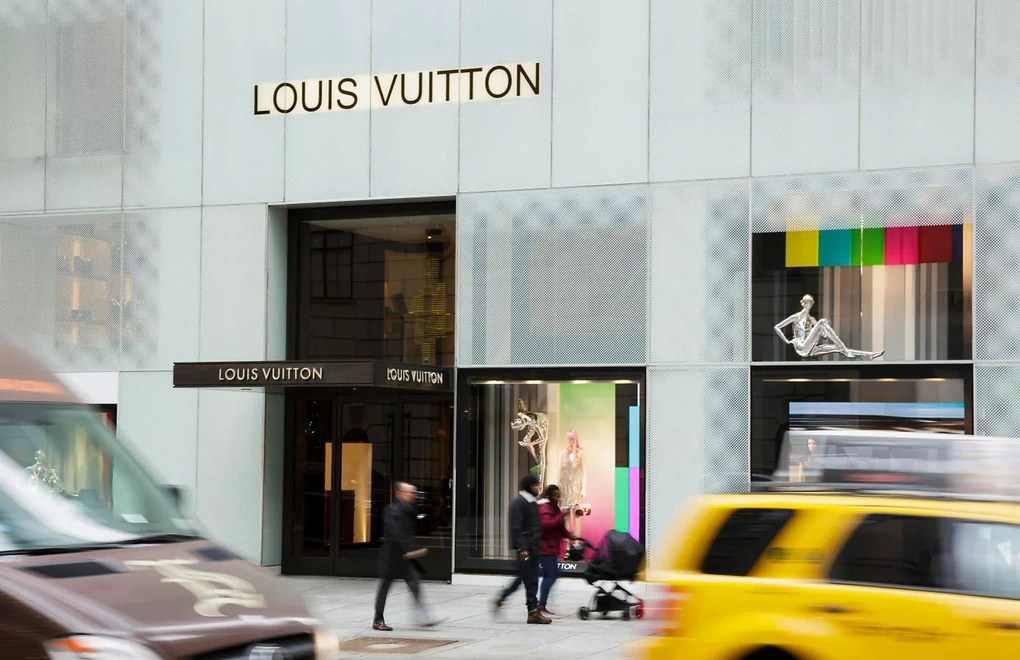
Aiming at the under 1,000 USD segment, "big guys" like Louis Vuitton and Prada trade luxury to retain customers (Photo: Getty).
Lessons from Burberry's revival and the future of selection
Amidst the contrasting picture, there are still unexpected bright spots, showing that the right strategy can still create miracles. Burberry is one example. Once a struggling brand, the British fashion house's shares have risen more than 30% this year. They have succeeded thanks to an effective restructuring plan and a smart strategy of focusing on their core strength: outerwear, attracting both old and new customers.
The stories of Burberry, Hermès and LVMH show that the luxury industry has entered a new era - the era of selection. The boom period of 2021-2023, when investors could "buy a basket" of luxury stocks and wait for profits, is over forever.
Investors now have to be “extremely selective,” as BlackRock’s Jewell puts it. The market will reward brands that can retain consumers through genuine value, unshakeable pricing power, and a clear business strategy. Those that can’t will be left behind.
The luxury goods industry still faces many challenges ahead. With stock valuations much higher than the average, many investors remain cautious. “This is an industry that is very vulnerable to risks such as tariffs or exchange rate fluctuations,” warned Roland Kaloyan, an expert at Societe Generale.
The market is changing and brands can no longer afford to be complacent. As consumers become more cautious about their spending, only those who maintain their own identity and understand what constitutes the true value of “luxury” will be able to go the long way.
Source: https://dantri.com.vn/kinh-doanh/nganh-hang-xa-xi-toan-cau-khon-don-ong-lon-lao-dao-ke-song-sot-la-ai-20250723170040049.htm




![[Photo] General Secretary To Lam presents the First Class Labor Medal to the Vietnam National Energy and Industry Group](https://vphoto.vietnam.vn/thumb/1200x675/vietnam/resource/IMAGE/2025/9/21/0ad2d50e1c274a55a3736500c5f262e5)






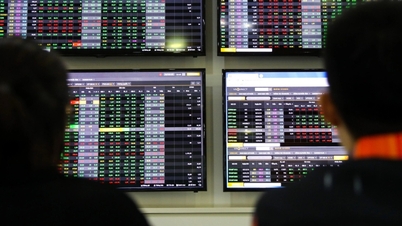


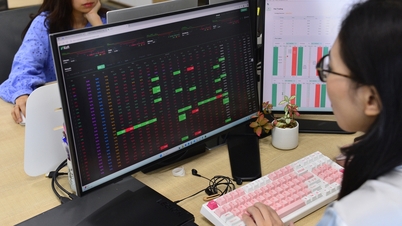





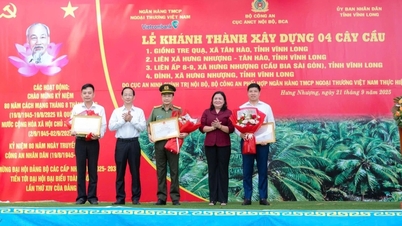





![[Photo] General Secretary To Lam attends the 50th anniversary of the founding of the Vietnam National Industry and Energy Group](https://vphoto.vietnam.vn/thumb/1200x675/vietnam/resource/IMAGE/2025/9/21/bb0920727d8f437887016d196b350dbf)












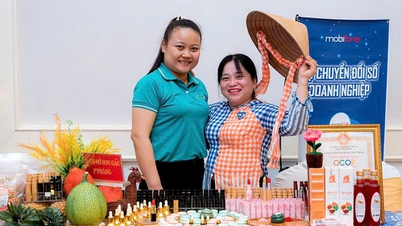
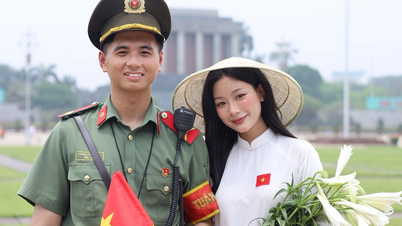
































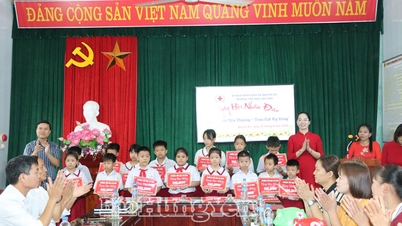





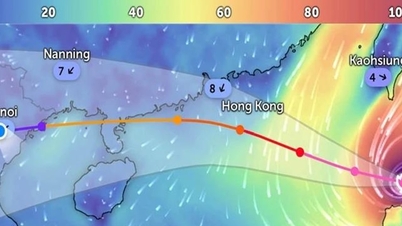
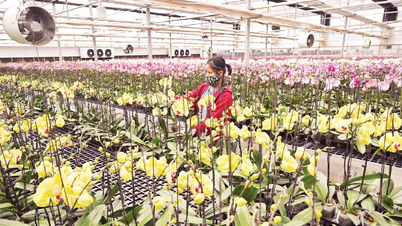











Comment (0)